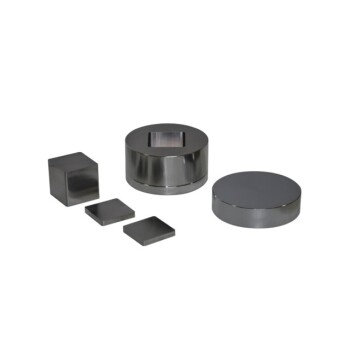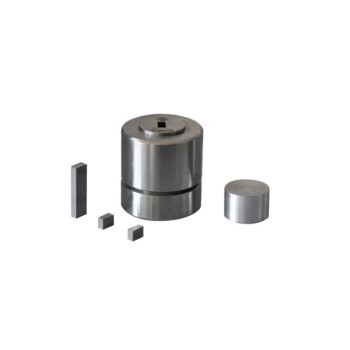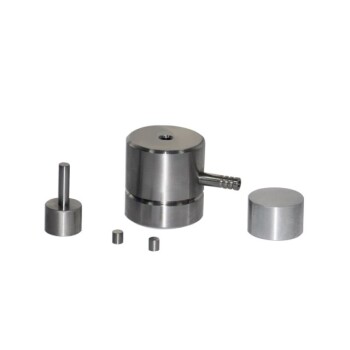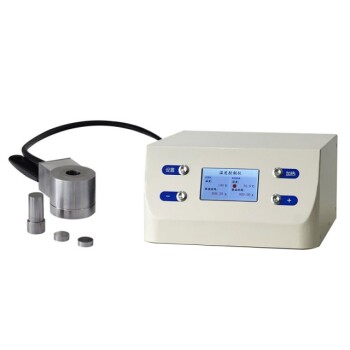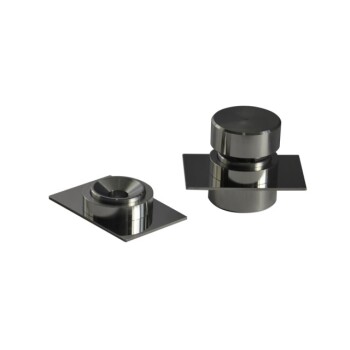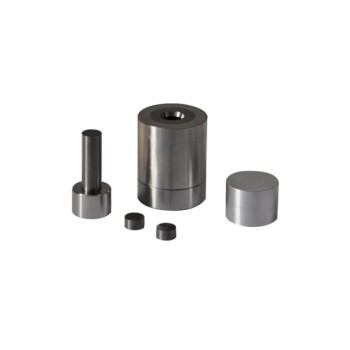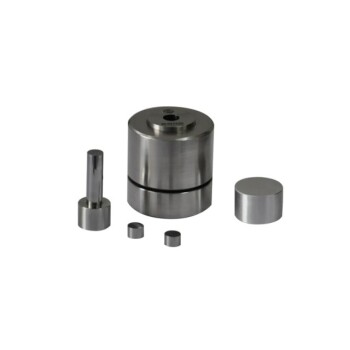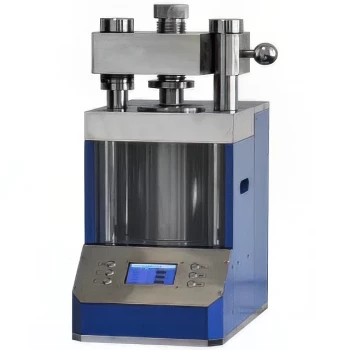Collecting soil for soil testing is a crucial step in understanding the health and composition of your soil. This, in turn, affects plant growth and ecosystem balance. The process involves both preliminary checks and detailed sampling, depending on the intended level of analysis. Here’s a comprehensive guide on how to collect soil for soil testing, ensuring accurate and representative results.
Key Points Explained:

1. Preliminary Quick Check
- Purpose: Before detailed analysis, a quick check helps in identifying basic parameters and marking the sample for future reference.
- Method: Conduct a preliminary test to gather initial data that can be compared with detailed lab results.
2. Detailed Soil Sampling
- Objective: To obtain a comprehensive understanding of the soil across different parts of the field or garden.
-
Procedure:
- Selection of Areas: Choose areas based on their variability and similar characteristics to ensure a complete picture of the territory. Areas typically range from 1 to 4 hectares.
- Sampling Technique: Use a soil probe to collect samples from multiple locations, ensuring depth of 6-8 inches. Collect separate samples for each distinct section within your yard or garden.
3. Sample Preparation for Analysis
-
Preparation Steps:
- Removal of Contaminants: Eliminate unwanted organic and inorganic objects to prevent distortion of results.
- Drying: If necessary, calcine the sample to remove moisture and obtain dry results.
- Size and Homogeneity: Ensure the sample is mixed thoroughly and reduced to a suitable size for testing. The total mass of the sample should be sufficient for the intended analysis.
4. Use of Technology for Analysis
- Handheld Spectrometers: These devices allow for efficient and economical in-depth analysis if sample preparation is correct.
- X-ray Fluorescence (XRF) Analyzers: These tools are useful for rapid on-site screening of heavy metals and other contaminants, reducing the need for laboratory analysis and minimizing costs and time.
5. Considerations for Accurate Testing
- Soil Moisture Correction: Innovative function designs in modern equipment can automatically correct for soil moisture, ensuring accurate testing results.
- Minimal Training Required: Modern soil testing equipment is designed to be user-friendly, requiring minimal operator training.
By following these steps, you can ensure that your soil samples are representative and properly prepared for accurate testing, leading to informed decisions about soil management and enhancement.
Continue Exploring, Consult Our Experts
Discover how accurate soil analysis can revolutionize your gardening and land management with KINTEK SOLUTION's precision equipment. From innovative handheld spectrometers to user-friendly XRF analyzers, our cutting-edge technology streamlines your soil testing process. Take the first step towards healthier soil today – contact KINTEK SOLUTION to elevate your soil analysis to new heights.


